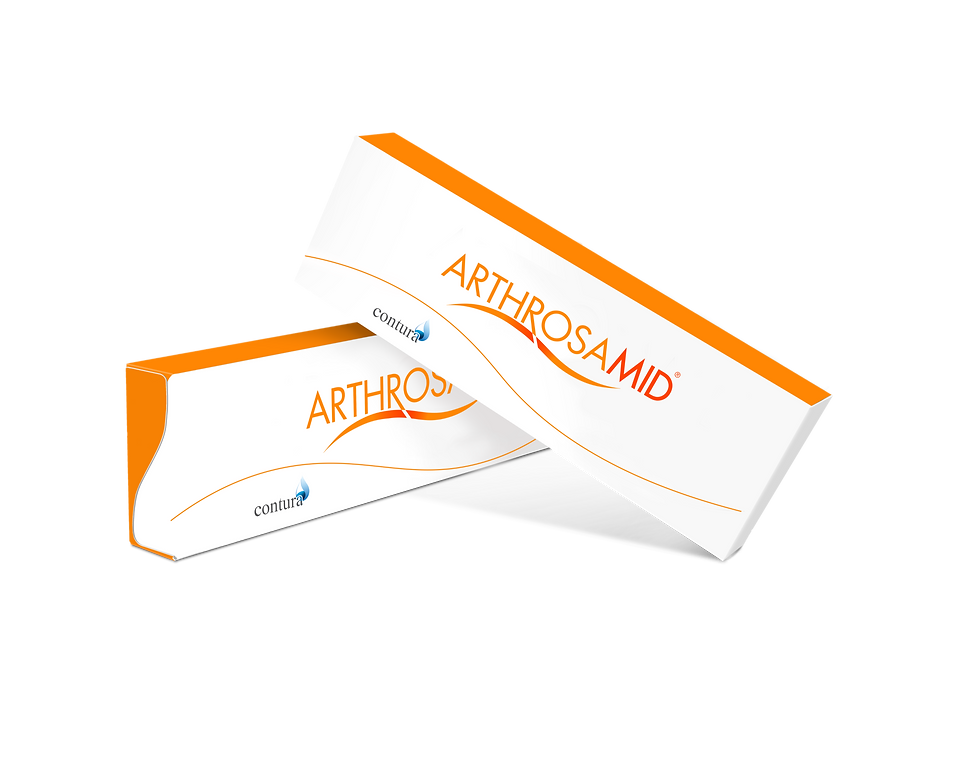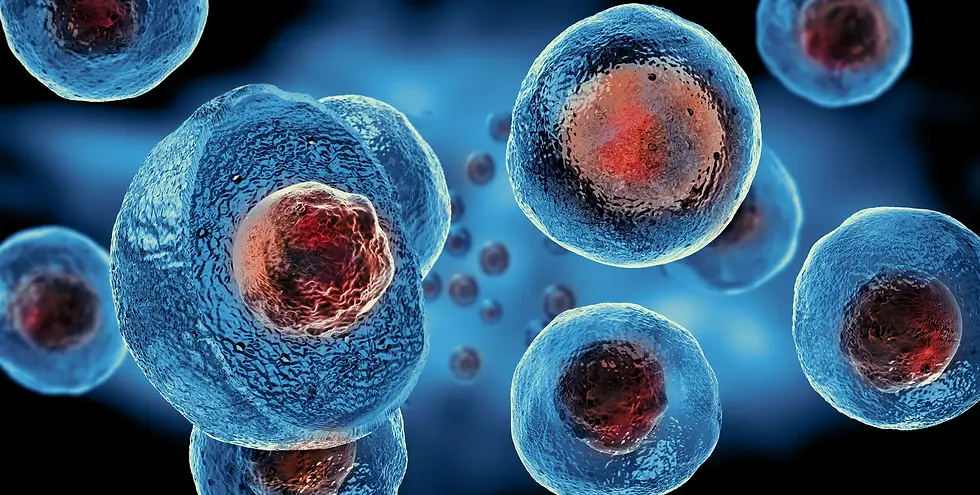Understanding Knee Pain in Midlife – Moving Beyond “Wear and Tear”
- botchey
- Sep 19
- 4 min read
When Conservative Therapy Fails, Evidence-Based Guidance on Injection Choices
Understanding Knee Pain in Midlife
Knee pain is one of the most common reasons people in their 40s, 50s, and beyond seek medical advice. Too often it is explained away as simple “wear and tear,” but the reality is more complex.
Pain in the knee joint usually arises from a combination of factors: subtle cartilage changes, irritation of the joint lining (synovitis), early osteoarthritis, tendon overload, or altered biomechanics in the way the hip, knee, and foot interact. This explains why two people with identical X-rays can have completely different symptoms. The key is not just what the scan shows, but how the knee functions and how pain affects daily life.
Step One: A Proper Diagnosis
Before deciding on any treatment, a comprehensive assessment is crucial:
Clinical history and examination to identify pain patterns, stiffness, swelling, and mechanical drivers.
Imaging such as MRI, ultrasound, or weight-bearing X-rays (e.g., Rosenberg view) to assess cartilage, meniscus, and alignment.
Biomechanical analysis, since poor hip or foot control often overloads the knee.
Whole-body factors such as metabolic health, inflammation, and weight, which strongly influence symptoms and progression.
This structured approach ensures treatment is tailored, not generic.
Regenerative and Joint-Preserving Therapies
The aim in midlife knee pain is to preserve the natural joint for as long as possible, reduce pain, and keep you active. Several proven injection options already provide meaningful relief and help delay or avoid the need for surgery.
Platelet-Rich Plasma (PRP)
PRP involves concentrating growth factors from your own blood and injecting them into the joint.
Timeline of benefit: Most patients notice improvement within 4–6 weeks, with results lasting 9–12 months in early–moderate osteoarthritis.
Best for: Mild-to-moderate cartilage degeneration or early osteoarthritis.
Key advantage: Improves the biological environment of the joint rather than just masking symptoms.
Limitations: Less effective in severe “bone-on-bone” arthritis; effect is dose dependent and depends on platelet number and patients cellular and metabolic health

Hyaluronic Acid (HA)
Hyaluronic acid is a naturally occurring lubricant in the joint. Injections restore some of the cushioning and shock absorption.
Timeline of benefit: Onset within 2–4 weeks, lasting 6–9 months.
Best for: Early-to-moderate osteoarthritis with stiffness and loss of joint glide.
Key advantage: Improves lubrication and mechanics, often combined with PRP for enhanced effect.
Limitations: Less effective in advanced arthritis.

Arthrosamid
Arthrosamid is a polyacrylamide hydrogel injection that integrates into the joint lining, cushioning and reducing inflammation. Unlike hyaluronic acid, it does not degrade quickly.
Timeline of benefit: Gradual improvement over 4–12 weeks.
Durability: Long-term studies show sustained relief for up to 5 years.
Best for: Moderate osteoarthritis where pain is persistent despite physiotherapy or HA.
Key advantage: One-off injection with multi-year relief; a genuine alternative to surgery for many patients.
Limitations: Less effective in severely destroyed joints.

Stem Cell Therapies – Imminent and Promising
Stem cell therapy is no longer “science fiction” — it is already in use in many countries with encouraging results. The two main approaches are:
Autologous stem cells – taken from your own bone marrow or fat, then processed and re-injected into the knee.
Allogeneic stem cells – derived from healthy donors, expanded in controlled labs, offering consistency and potentially stronger anti-inflammatory effects.
The promise: Stem cells appear capable of not only reducing pain and inflammation but also influencing the underlying biology of osteoarthritis, with signs they may slow progression or even encourage cartilage repair.
Where we are now:
Data from abroad is strong and growing, showing sustained improvements in pain and function.
What remains is to establish which patients benefit most, refine protocols, and importantly, bring costs down so the therapy is accessible.
Stem cells are imminent. In the coming years, they are likely to sit alongside PRP, HA, and Arthrosamid as part of mainstream joint preservation strategies.

Where Does Surgery Fit?
Knee replacement can relieve pain in end-stage arthritis, but it is not the first choice in midlife. It is major, irreversible surgery with risks of infection, stiffness, and long recovery.
In my practice, surgery is only considered:
For severe, end-stage arthritis with complete joint collapse.
When all joint-preserving and regenerative therapies have been fully maximised.
For most people, regenerative medicine can offer years of good function and quality of life without resorting to surgery.

The Take-Home
Knee pain in midlife does not mean inevitable decline. With accurate diagnosis and modern regenerative therapies, most people can stay active, reduce pain, and avoid or at least delay surgery.
PRP: Relief for 9–12 months.
Hyaluronic Acid: Relief for 6–9 months, restores lubrication.
Arthrosamid: Multi-year relief, with data supporting benefit up to 5 years.
Stem cells: Imminent, with strong international data — the next step in joint preservation once patient selection and costs are optimised.
Surgery: Reserved only for end-stage disease when all else has failed.
Ready to Discuss Your Knee Pain Treatment Options?
Book a consultation to assess your condition, explore evidence-based options, and create a targeted treatment plan: Pa@drbotchey.com


